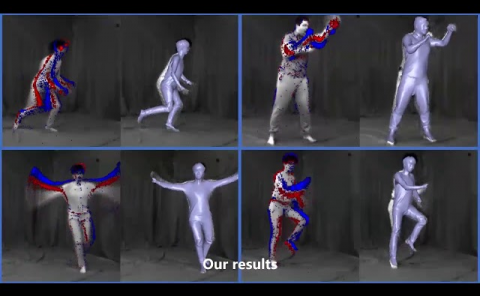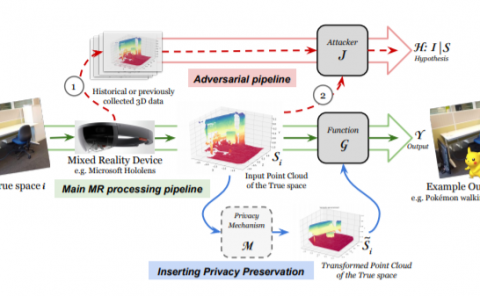Investigating a Combination of Input Modalities, Canvas Geometries, and Inking Triggers on On-Air Handwriting in Virtual Reality
PubDate: August 2022
Teams: Clemson University;National Yang Ming Chiao Tung University
Writers: Roshan Venkatakrishnan;Rohith Venkatakrishnan;Chih-Han Chung;Sabarish V Babu;Yu-Shuen Wang

Abstract
Humans communicate by writing, often taking notes that assist thinking. With the growing popularity of collaborative Virtual Reality (VR) applications, it is imperative that we better understand aspects that affect writing in these virtual experiences. On-air writing in VR is a popular writing paradigm due to its simplicity in implementation without any explicit needs for specialized hardware. A host of factors can affect the efficacy of this writing paradigm and in this work, we delved into investigating the same. Along these lines, we investigated the effects of a combination of factors on users’ on-air writing performance, aiming to understand the circumstances under which users can both effectively and efficiently write in VR. We were interested in studying the effects of the following factors: 1) input modality: brush vs. near-field raycast vs. pointing gesture, 2) inking trigger method: haptic feedback vs. button based trigger, and 3) canvas geometry: plane vs. hemisphere. To evaluate the writing performance, we conducted an empirical evaluation with thirty participants, requiring them to write the words we indicated under different combinations of these factors. Dependent measures including the writing speed, accuracy rates, perceived workloads, etc. were analyzed. Results revealed that the brush based input modality produced the best results in writing performance, that haptic feedback was not always effective over button based triggering, and that there are trade-offs associated with the different types of canvas geometries used. This work attempts at laying a foundation for future investigations that seek to understand and further improve the on-air writing experience in immersive virtual environments.


